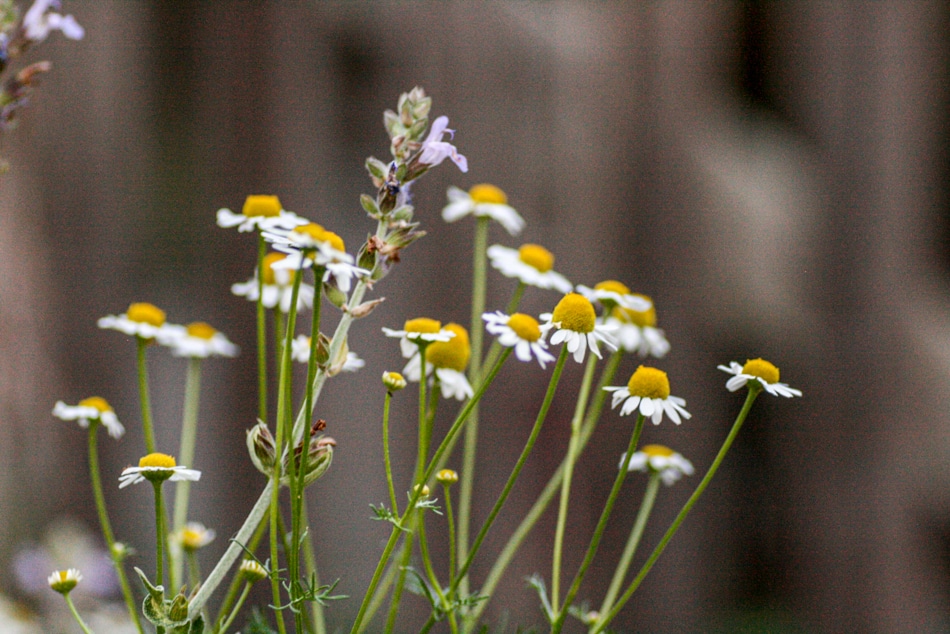Previously blogged at textural.org, October 2010.
Had you ever just had to have, wanted to have, something in your garden that–against all collective global gardening knowledge and wisdom–doesn’t grow where you garden? You are convinced that you will be the one person to make it thrive.
I’ve often fallen into the trap of flower-envy. Gardenias, camellias, tulips, oh my. I’ve wasted hundreds of dollars on weird varieties of bulbs from England that never had any business in my Austin patch of soil.
Take foxgloves, for instance. I have tried to grow them 3 different times, 1 from seed and 2 times from plants. I had a few bloom on me this year, but we had an unusually rainy and cool spring. And that’s exactly what they want, not a crushing 95-degree May, when they bloom.
Oriental poppies have suffered a similar fate. I’ve tried every kind of perennial dianthus (“pinks”) and they love to die after a year or two. And then there’s lavender. Ahhh, lavender. I’ve killed about 14 plants now. I finally got close to my dream of a lavender hedge this past June when a row of French lavenders survived for two years to fill out and bloom on tall spiky wands. Then they promptly died, one by one, in July.
All of these things are classic cottage garden plants; I adore the cottage garden more than any other style. I love having a big jumble of fragrance and roses. And poppies. And foxgloves. And. And.
And I live in a southwestern climate.
I planted daisies almost as an afterthought. I’m not really a daisy person, but they are a wildflower cottage garden staple, right? There are a few native types in Texas, but the classic daisies are Shasta and Oxeye daisies. The two are very, very similar, but Shasta is a hybrid and Oxeye is usually grown from seed.
So I planted them both out one year to see what the hype of daisies was all about. The Oxeyes germinated and went bonkers. They completely die out in mid summer, but they are so daisy daisy and wildflowery when they are in bloom. I barely touch them now, they are idiot-proof. For some reason I thought I’d be more partial to the Oxeye because it is a bit more carefree.
But the Shasta daisies were an unexpected joy. I grew them in part shade, which is really a bad place for these pretties. Other plants like Black-eyed Susans and Purple Coneflower, which are in the same family and have similar growing habits, inevitably go sprawling and get all bug-eaten in my shade. But the Shastas just kept looking very prim and proper, year-round, and then when they finally bloomed, they were a lightheartedness in the middle of all my pinks and blues and purples. (I’m such a purple person.) They have nice, big waxy leaves that are evergreen so you don’t get a big ugly blank spot in winter like you do with Purple Coneflowers, etc.
Sometimes you think you know what you want. And sometimes an accidental place of beauty comes to your garden and changes what you actually want to see. It’s been a good teaching for me about desire–what you truly long for could be hidden until it surprises you.
Photo credit: © Amy McDonald Chapman. (Read my image policy.)


